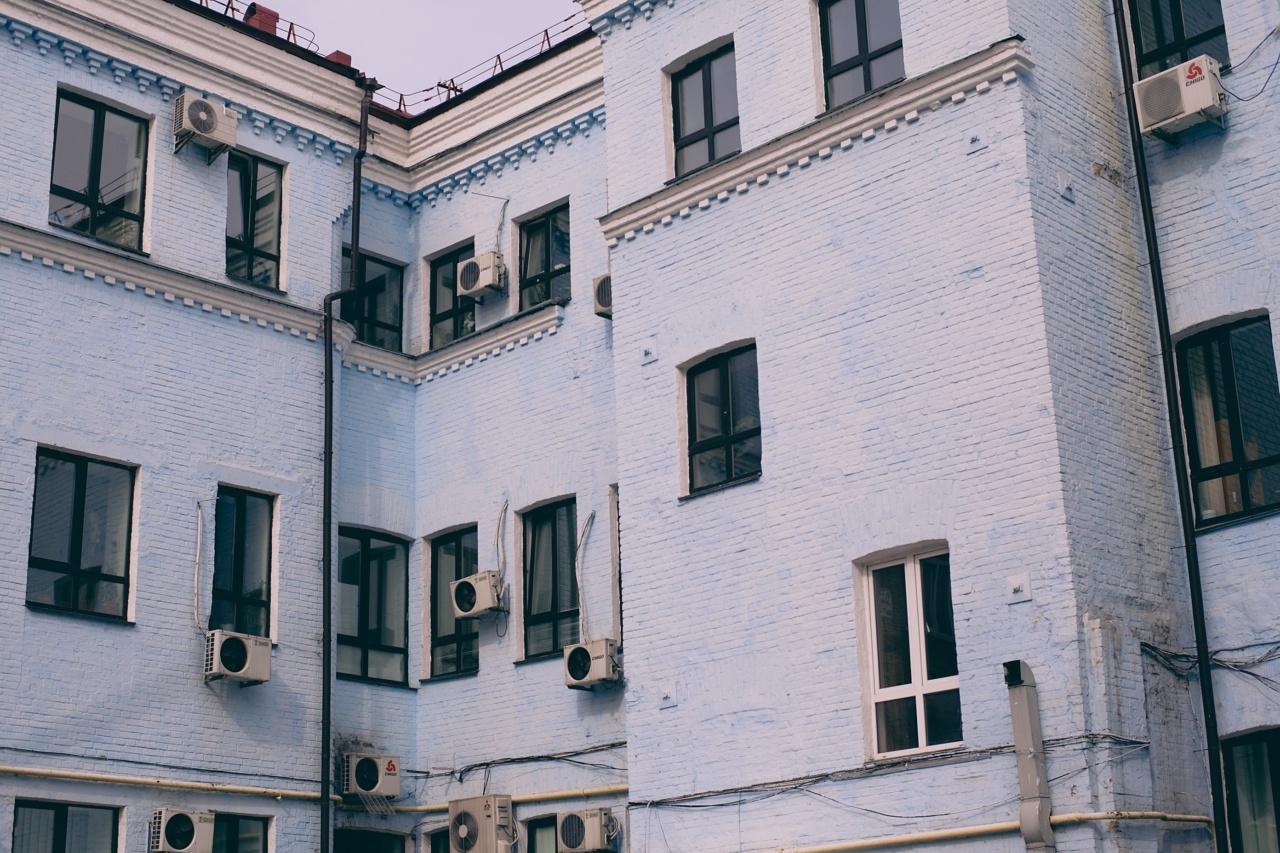Air conditioning units have become a common fixture in many homes and offices, offering relief from the sweltering heat of the summer months.
While they provide comfort and coolness, it is important to understand that they also pose certain health risks. This article will explore the potential health hazards associated with air conditioning units and provide tips on how to minimize these risks.
1. Respiratory problems
Prolonged exposure to air conditioning can lead to respiratory issues such as dryness of the airways, irritation of the nose and throat, and increased susceptibility to respiratory infections.
The cold and dry air produced by air conditioners can cause the mucus membranes in the respiratory system to dry out, making it easier for harmful bacteria and viruses to enter the body.
2. Allergies and asthma
Air conditioning units can also trigger allergies and worsen symptoms in individuals with existing respiratory conditions such as asthma.
Dust, pollen, and other allergens can accumulate in air conditioning filters, leading to poor air quality and the circulation of allergens indoors. This can result in allergic reactions, asthma attacks, or the development of new allergies over time.
3. Skin problems
Constant exposure to the cold and dry air produced by air conditioners can cause skin dryness and exacerbate existing skin conditions such as eczema.
The lack of humidity in the air can strip the skin of its natural moisture, leading to dryness, itching, and irritation. Additionally, air conditioning systems can recirculate indoor air, which may contain pollutants and chemicals that can further irritate the skin.
4. Eye irritation
Spending long periods of time in air-conditioned environments can lead to eye dryness, redness, and irritation. Air conditioning units often reduce the humidity levels in the air, which can result in the evaporation of tears and moisture from the eyes.
This can lead to symptoms such as itching, burning, and blurred vision.
5. Fatigue and lethargy
Extended exposure to air conditioning can cause fatigue and feelings of lethargy. The constant exposure to cool temperatures can disrupt the body’s natural circadian rhythm, leading to sleep disturbances and a decrease in energy levels.
This can impact productivity and overall well-being.
6. Spread of illnesses
Another potential health risk associated with air conditioning units is the spread of illnesses in enclosed spaces.
Air conditioners recirculate air within a room, and if the air is contaminated with pathogens, such as viruses or bacteria, they can be easily spread to other occupants. This is of particular concern in office buildings or public spaces where many people are in close proximity.
7. Noise pollution
While not a direct health risk, prolonged exposure to the noise generated by air conditioning units can have negative effects on mental well-being.
Constant exposure to loud noise can lead to sleep disturbances, increased stress levels, and difficulty concentrating or focusing.
8. Mold and bacteria growth
Improper maintenance of air conditioning units can lead to the growth of mold and bacteria in the system. Moisture from condensation can accumulate in air conditioning ducts and filters, creating a breeding ground for harmful microorganisms.
When the unit is turned on, these contaminants can be spread throughout the room, potentially causing respiratory problems and allergic reactions.
9. Dehydration
Cool temperatures provided by air conditioning units can trick the body into thinking it does not need as much water. As a result, individuals may not drink enough fluids, leading to dehydration.
Dehydration can cause a range of health issues, including headaches, dizziness, fatigue, and impaired cognitive function.
10. Impact on the environment
Aside from the direct health risks, it is important to consider the environmental impact of air conditioning units. Most air conditioners use refrigerants that contribute to greenhouse gas emissions and contribute to climate change.
Additionally, the excessive use of air conditioning can lead to increased energy consumption and strain on power grids, further contributing to environmental problems.






























